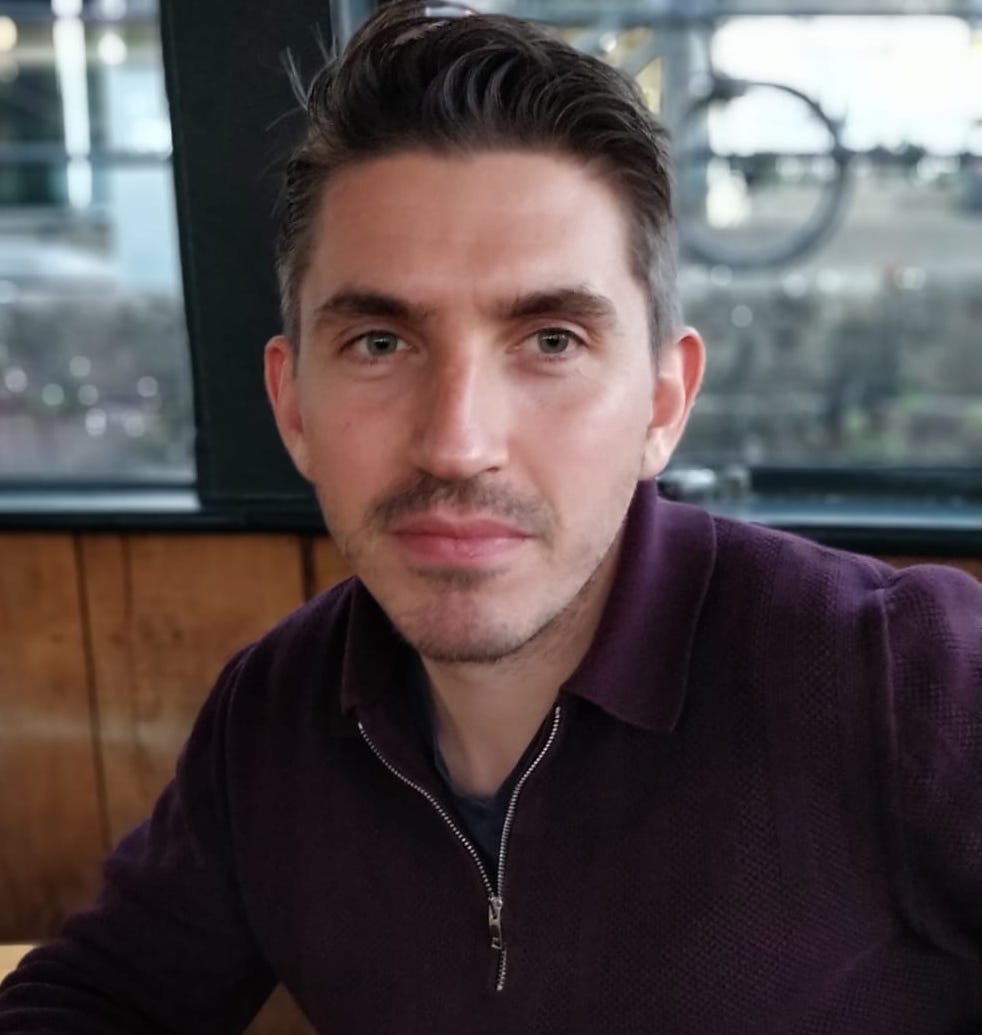
Contact details
prd@ed.ac.uk
Office 4603
James Clerk Maxwell Building
School of Mathematics
University of Edinburgh, EH9 3FD
Bio
I was born in Scotland and brought up in France, and the general opinion is that I speak both English and French with a foreign accent. I obtained my PhD in Statistics at Imperial College London in 2008, supervised by Prof. Andrew Walden. I was awarded a Heilbronn research fellowship in Data Science in 2012, which I first held at the University of Bristol and then at the University of Oxford. I became assistant professor of Statistics at the University of Bristol in July 2017, and was promoted to full professor in July 2022. As of Jan 2024, I am chair of Statistical Learning at the University of Edinburgh.
My lab conducts:
- Fundamental research, particularly around the manifold hypothesis and its implications for science and AI.
- Applied research, particularly building predictive models for security and healthcare.
Keywords
clustering; prediction; embedding; large graphs & unstructured data; mechanistic interpretability; large language models (LLMs) and broader AI
Research group
Current and former post-docs and PhD students (group photo):- Ian Gallagher
- Alex Modell
- Andy Jones
- Tjun Yee Hoh
- Annie Gray
- Ed Davis
- Hannah Sansford
- Oliver Stonehouse Klyne
Research opportunities
Multiple PhD and postdoctoral research positions are to be opened for NeST. Please contact me if you want to discuss these or other NeST research/industrial collaboration opportunities.
More generally, I'm always happy to hear from students interested in doing research, e.g. a PhD. Fundamentally, you'll need to enjoy doing maths — everything else you can learn.
News
"Read paper": Nick Whiteley, Annie Gray, PRD. "Statistical exploration of the Manifold Hypothesis" is accepted for discussion in the Journal of the Royal Statistical Society, Series B (Statistical Methodology) (March 2025).
Our paper: Ed Davis, Ian Gallagher, Daniel Lawson, PRD. "Valid Conformal Prediction for Dynamic GNNs" is accepted at ICLR 2025.
Delighted to be part of the team winning the Network Plus for Analytical Behavioural Science (NABS+) in Security and Defence. [press release]. (Oct 2024)
I was chosen as the Seconder of the Vote of Thanks for the JRSSB discussion paper: Xu and Crane. "Root and community inference on the latent growth process of a network" [link to contribution] (June 2024)
Two papers at NeurIPS 2023; one selected for spotlight presentation:
- Annie Gray, Alexander Modell, PRD, Nick Whiteley. "Hierarchical clustering with dot products recovers hidden tree structure" (spotlight)
- Alexander Modell, Ian Gallagher, Emma Ceccherini, Nick Whiteley, PRD. "Intensity Profile Projection: A Framework for Continuous-Time Representation Learning for Dynamic Networks" (Sep 2023)
I am associate editor for the Journal of the Royal Statistical Society, Series B (Statistical Methodology) (June 2023)
Our paper: Hannah Sansford, Alexander Modell, Nick Whiteley, PRD. "Implications of sparsity and high triangle density for graph representation learning"" was among the 32 selected for oral presentation at AISTATS 2023, of ~2000 submissions. (April 2023)
We have won an EPSRC Programme Grant on Network Stochastic Processes and Time Series (NeST), a multi-million pound award, between Imperial, Oxford, Bath, LSE, York and Bristol [press release].
This 6-year programme (2022-2028) will study large dynamic networks, with applications in medicine, transportation, cybersecurity, the environment, finance, biology and economics. (Nov 2022)